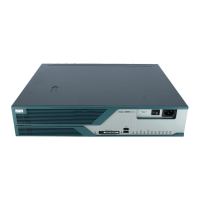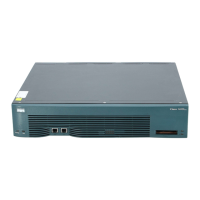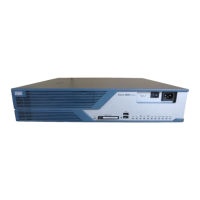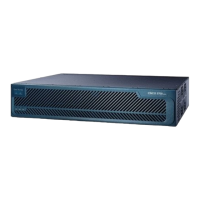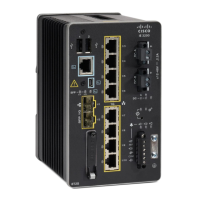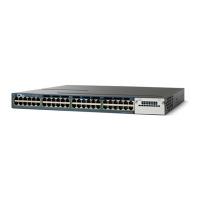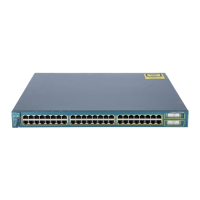146
Cisco 3900 Series, Cisco 2900 Series, and Cisco 1900 Series Integrated Services Routers Generation 2 Software Configuration Guide
Chapter Configuring Security Features
Configuring VPN
crypto ipsec client ezvpn ezvpnclient
connect auto
group 2 key secret-password
mode client
peer 192.168.100.1
!
interface fastethernet 4
crypto ipsec client ezvpn ezvpnclient outside
crypto map static-map
!
interface vlan 1
crypto ipsec client ezvpn ezvpnclient inside
!
Configure a Site-to-Site GRE Tunnel
To configure a site-to-site GRE tunnel, follow these steps, beginning in global configuration mode.
SUMMARY STEPS
1. interface type number
2. ip address ip-address mask
3. tunnel source interface-type number
4. tunnel destination default-gateway-ip-address
5. crypto map map-name
6. exit
7. ip access-list {standard | extended} access-list-name
8. permit protocol source source-wildcard destination destination-wildcard
9. exit
DETAILED STEPS
Command or Action Purpose
Step 1
interface type number
Example:
Router(config)# interface tunnel 1
Router(config-if)#
Creates a tunnel interface and enters interface
configuration mode.
Step 2
ip address ip-address mask
Example:
Router(config-if)# 10.62.1.193
255.255.255.252
Router(config-if)#
Assigns an address to the tunnel.
